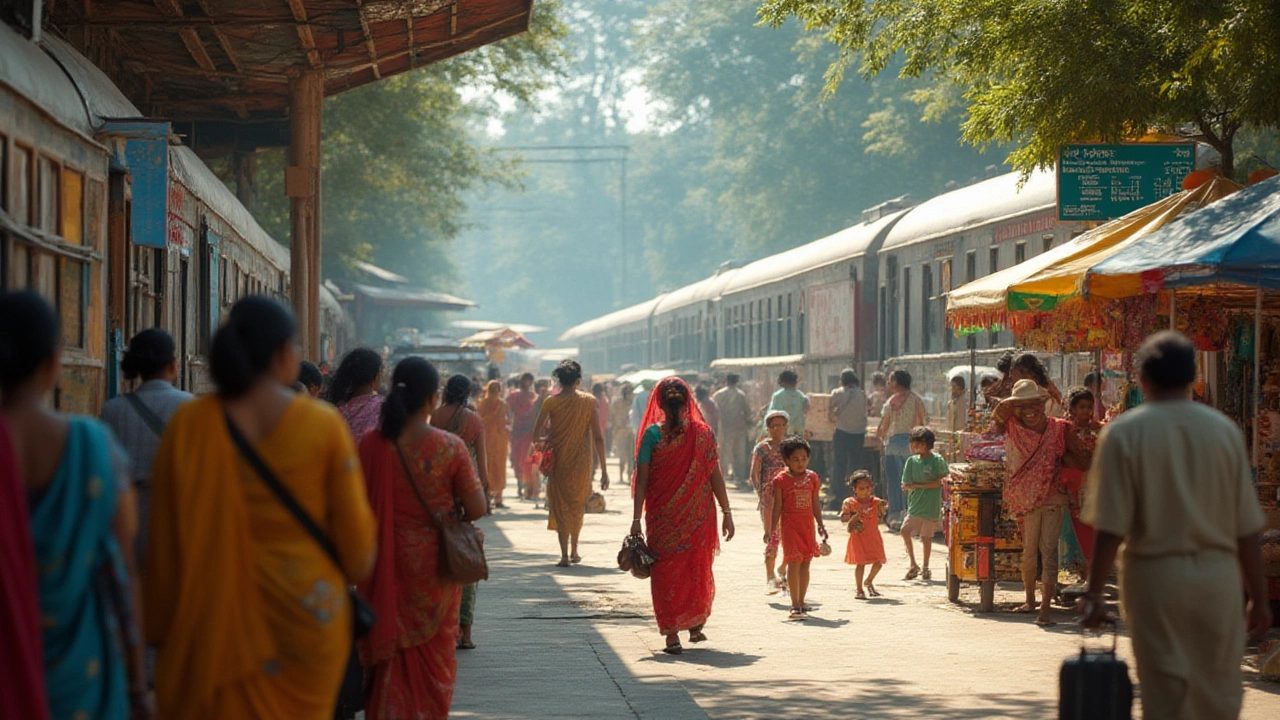SEARCH
India Travel Expenses – What You Need to Know Before You Go
If you’re thinking about touring India, the first question is always money. How much will it cost to move from Delhi to Goa, eat street food in Kolkata, or trek in the Himalayas? The answer depends on your style, but you can keep expenses low with a few smart moves.
First, break your budget into three buckets: transport, accommodation, and daily spend. Transport includes flights, trains, buses, and local rickshaws. Accommodation covers everything from hostels to mid‑range hotels. Daily spend covers food, entry fees, and little extras like souvenirs.
Transport: Getting Around Without Breaking the Bank
Domestic flights are cheap if you book early and travel off‑peak. A Delhi‑Mumbai flight can be as low as $40 in January. Trains remain the backbone of Indian travel – a sleeper class ticket between Kolkata and Chennai costs under $15. For short hops, buses and shared cabs are the most affordable, often under $5 per trip.
Tip: Use the IRCTC website or apps to compare train fares. Look for “superfast” trains that shave a few hours off the journey without a big price jump.
Accommodation: From Dorm Beds to Cozy Guesthouses
Hostels dominate the budget scene. A bed in a dormitory costs $5‑$8 in most tourist cities. If you prefer a private room, mid‑range guesthouses charge $20‑$35 per night and usually include breakfast. Luxury hotels start around $60 and go up quickly, so stick to mid‑range unless it’s a special occasion.
Saving hack: Book a room that offers a kitchen. Cooking a simple meal can cut your daily food spend by half.
Daily spend varies by region. Street food in Hyderabad or Jaipur can be $1‑$2 per plate, while a restaurant meal in Mumbai may run $6‑$10. A typical daily budget for a moderate traveler lands around $30‑$40, covering meals, transport, and a few entry tickets.
When you plan your itinerary, consider the cheapest month to travel. November to February brings lower flight prices and pleasant weather, especially in the north. The monsoon season (July‑September) sees cheaper hotel rates in many places, but some attractions may be closed.
Don’t forget hidden costs. Some popular train routes require a reservation fee of $2‑$5. Airport taxes, visa fees, and occasional guide charges can add up. Keep a small buffer of $50‑$100 for unexpected expenses.
To see how the numbers work, here’s a quick example: a 10‑day trip from Delhi to Kerala, staying in hostels, eating local food, and using trains for long hauls, will cost roughly $600‑$700 total. That includes $150 for transport, $200 for accommodation, and $250 for daily spend.
Every traveler can tweak these numbers. Add a few nights in a beach resort and the budget climbs to $1,200. Cut back on intercity flights and you stay under $500. The key is knowing where you can save and where you want to splurge.
So, before you book, sit down with a spreadsheet, list your must‑see places, and assign a realistic cost to each category. The more precise you are, the fewer surprise fees you’ll face on the road.
India offers experiences for every pocket. With the right planning, you’ll enjoy the culture, food, and scenery without worrying about money draining your adventure.

South India Trip Cost: Real World Guide for 2025 Travellers
Curious what a South India trip really costs? Get a detailed look at expenses for flights, transport, hotels, food, sightseeing, and insider tips to help you plan smart in 2025.
Continue reading